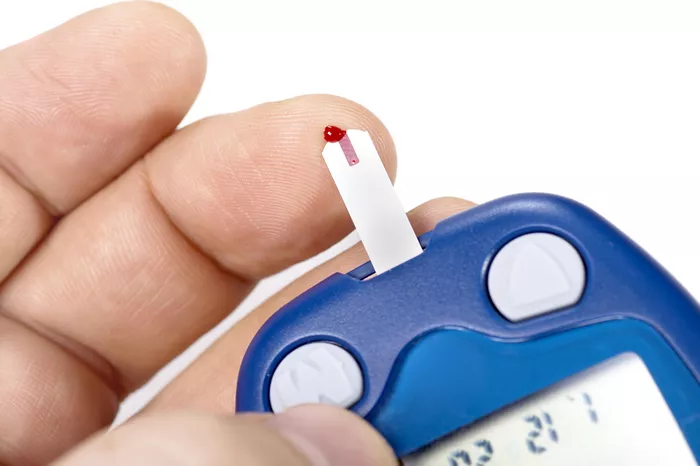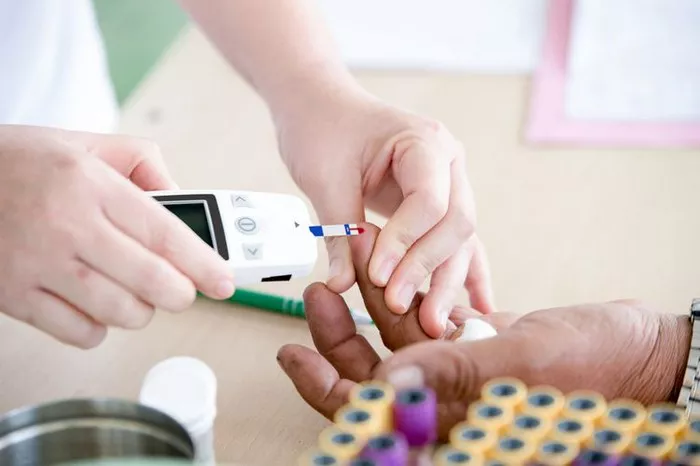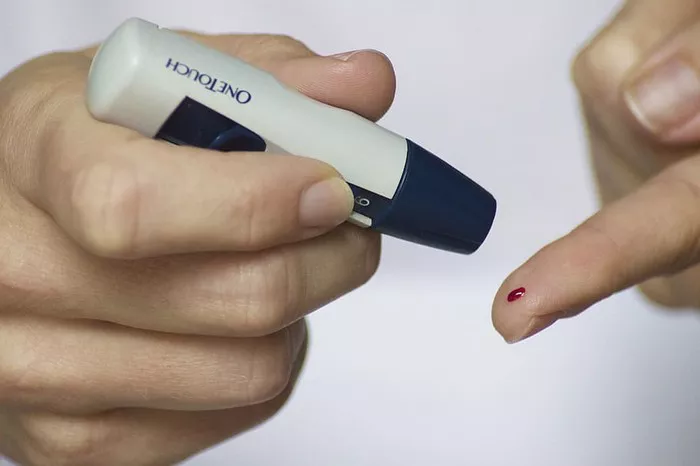Beta blockers, a class of medications primarily used to manage cardiovascular conditions such as hypertension, angina, and arrhythmias, have a complex relationship with glucose metabolism. This relationship is critical for clinicians managing patients with diabetes, as understanding the potential effects of beta blockers on blood glucose levels can influence treatment decisions and patient outcomes. This article delves into the mechanisms by which beta blockers might cause hypoglycemia or hyperglycemia, explores clinical evidence, and provides practical guidance for healthcare providers.
Beta Blockers and Glucose Metabolism
Mechanisms of Action
Beta blockers work by inhibiting the action of epinephrine and norepinephrine on beta-adrenergic receptors, which are found throughout the body, including in the heart, lungs, and blood vessels. There are two main types of beta-adrenergic receptors: beta-1 and beta-2. Beta-1 receptors are primarily located in the heart, while beta-2 receptors are found in various tissues, including the liver and skeletal muscles, where they play a significant role in glucose metabolism.
Impact on Hypoglycemia
Direct Mechanisms
Inhibition of Glycogenolysis and Gluconeogenesis: Beta-2 receptors in the liver facilitate glycogenolysis (the breakdown of glycogen into glucose) and gluconeogenesis (the production of glucose from non-carbohydrate sources). By blocking these receptors, non-selective beta blockers can impair these critical processes, reducing the availability of glucose during hypoglycemic events.
Blunted Sympathetic Response: Hypoglycemia triggers the release of epinephrine, which promotes glycogenolysis and gluconeogenesis. Beta blockers can blunt this sympathetic response, further inhibiting the body’s ability to counteract low blood glucose levels.
Indirect Mechanisms
Impaired Lipolysis: Beta-2 blockade can also impair lipolysis, the breakdown of fats into free fatty acids and glycerol, which can be used as substrates for gluconeogenesis. This further diminishes the body’s ability to generate glucose during hypoglycemia.
Altered Insulin Sensitivity: Beta blockers may influence insulin sensitivity, although the exact mechanisms remain unclear. Increased insulin sensitivity can lead to enhanced glucose uptake by tissues, potentially lowering blood glucose levels and contributing to hypoglycemia.
Impact on Hyperglycemia
Direct Mechanisms
Reduced Insulin Secretion: Beta-2 receptors on pancreatic beta cells enhance insulin secretion. Blocking these receptors can result in reduced insulin release, thereby elevating blood glucose levels.
Peripheral Resistance: Chronic beta blocker use can increase peripheral resistance to insulin, which impairs glucose uptake by muscles and adipose tissue, contributing to hyperglycemia.
Indirect Mechanisms
Weight Gain: Some beta blockers, particularly non-selective ones, are associated with weight gain, which is a risk factor for insulin resistance and hyperglycemia.
Reduced Physical Activity: Beta blockers can cause fatigue and reduce exercise tolerance, leading to decreased physical activity. Lower physical activity levels can exacerbate insulin resistance and contribute to hyperglycemia.
Clinical Evidence
Hypoglycemia in Non-Diabetic Patients
In non-diabetic individuals, the risk of significant hypoglycemia due to beta blockers is relatively low. However, under certain stress conditions, such as prolonged fasting, intense exercise, or concurrent use of hypoglycemic agents, the risk may increase. Clinical studies have shown that non-selective beta blockers, which inhibit both beta-1 and beta-2 receptors, are more likely to impair glucose counter-regulation than selective beta-1 blockers.
Hypoglycemia in Diabetic Patients
For diabetic patients, particularly those on insulin or sulfonylureas, the risk of hypoglycemia is more pronounced. Studies indicate that non-selective beta blockers can mask the adrenergic symptoms of hypoglycemia, such as tremors, palpitations, and anxiety, making it harder for patients to recognize and treat low blood glucose levels promptly. This can lead to severe hypoglycemia, which is a dangerous complication.
Hyperglycemia in Non-Diabetic Patients
The incidence of hyperglycemia in non-diabetic patients on beta blockers is less well-documented. However, some studies suggest that non-selective beta blockers can induce mild hyperglycemia by inhibiting insulin secretion and increasing insulin resistance. This effect is usually not significant enough to cause clinical diabetes in non-diabetic patients but may be of concern in those with predisposing factors.
Hyperglycemia in Diabetic Patients
In diabetic patients, particularly those with type 2 diabetes, beta blockers can exacerbate hyperglycemia. This is especially true for non-selective beta blockers. Selective beta-1 blockers are generally preferred in these patients due to their lesser impact on glucose metabolism. Studies have shown that while selective beta blockers can still impair insulin sensitivity, their effect is less pronounced compared to non-selective agents.
Differential Effects of Beta Blocker Subtypes
Non-Selective Beta Blockers
Non-selective beta blockers, such as propranolol, block both beta-1 and beta-2 receptors. This dual blockade results in significant interference with glucose counter-regulation, making them more likely to cause hypoglycemia and hyperglycemia. Propranolol has been extensively studied and is known to impair recovery from hypoglycemia by inhibiting glycogenolysis and gluconeogenesis. It also reduces insulin sensitivity, contributing to hyperglycemia in predisposed individuals.
Beta-1 Selective Beta Blockers
Beta-1 selective beta blockers, such as metoprolol and atenolol, primarily block beta-1 receptors with minimal effect on beta-2 receptors. This selectivity reduces their impact on glucose metabolism. Clinical studies indicate that while beta-1 selective blockers can still blunt the adrenergic symptoms of hypoglycemia, they are less likely to interfere with glucose counter-regulation. Additionally, their impact on insulin secretion and sensitivity is less pronounced compared to non-selective beta blockers, making them a safer choice for diabetic patients.
Beta Blockers with Intrinsic Sympathomimetic Activity
Some beta blockers, such as pindolol and acebutolol, have intrinsic sympathomimetic activity (ISA). These agents can partially activate beta receptors while blocking the effects of endogenous catecholamines. Beta blockers with ISA tend to have a lesser impact on glucose metabolism compared to those without ISA. They are less likely to cause hypoglycemia and have a minimal effect on insulin secretion and sensitivity.
Third-Generation Beta Blockers
Third-generation beta blockers, such as carvedilol and nebivolol, possess additional vasodilatory properties due to their alpha-adrenergic blocking activity or nitric oxide release. Carvedilol, for example, has been shown to have a neutral or even beneficial effect on insulin sensitivity. Studies suggest that carvedilol does not significantly impair glucose metabolism and may be a suitable option for diabetic patients with cardiovascular conditions.
Practical Guidance for Healthcare Providers
Risk Assessment and Patient Selection
Evaluate Cardiovascular Risk: Beta blockers are often essential for managing cardiovascular conditions. Assess the patient’s cardiovascular risk to determine the necessity of beta blocker therapy.
Diabetes Status: Assess the patient’s diabetes status and glycemic control. Patients with well-controlled diabetes may tolerate beta blockers better than those with poorly controlled diabetes.
Choice of Beta Blocker: Prefer beta-1 selective beta blockers or third-generation beta blockers in diabetic patients to minimize the impact on glucose metabolism.
Monitoring and Management
Blood Glucose Monitoring: Advise patients, especially those on insulin or sulfonylureas, to monitor their blood glucose levels more frequently when starting beta blocker therapy.
Symptom Awareness: Educate patients on the potential masking of hypoglycemic symptoms. Encourage them to recognize non-adrenergic symptoms of hypoglycemia, such as confusion or dizziness.
Dose Adjustment: Be prepared to adjust the doses of hypoglycemic agents if necessary. Patients may require lower doses of insulin or sulfonylureas to prevent hypoglycemia.
Diet and Exercise: Encourage a balanced diet and regular physical activity to help manage blood glucose levels. Physical activity should be tailored to the patient’s tolerance, considering potential beta blocker-induced fatigue.
Addressing Hypoglycemia
Hypoglycemia Protocol: Establish a clear protocol for managing hypoglycemia. Ensure patients and caregivers know how to recognize and treat hypoglycemic episodes.
Alternative Medications: In patients experiencing recurrent hypoglycemia, consider alternative antihypertensive agents such as ACE inhibitors or calcium channel blockers, which have a neutral or favorable effect on glucose metabolism.
Addressing Hyperglycemia
Glycemic Control: Monitor glycemic control closely. Adjust antidiabetic medications as needed to maintain target blood glucose levels.
Weight Management: Address weight management through lifestyle modifications and, if necessary, pharmacologic interventions to reduce the risk of insulin resistance.
See also:Can Hyperglycemia Be Caused by Not Eating?
Conclusion
The relationship between beta blockers and glucose metabolism is multifaceted, involving both direct and indirect mechanisms that can lead to hypoglycemia or hyperglycemia. Non-selective beta blockers have a higher propensity to disrupt glucose homeostasis compared to beta-1 selective and third-generation beta blockers. For patients with diabetes, careful selection of the type of beta blocker, vigilant monitoring of blood glucose levels, and appropriate management strategies are essential to minimize the risks associated with beta blocker therapy. By understanding these complexities, healthcare providers can make informed decisions to optimize both cardiovascular and glycemic outcomes for their patients.
Related topics:
Why Does Hyperglycemia Increase Heart Rate

























